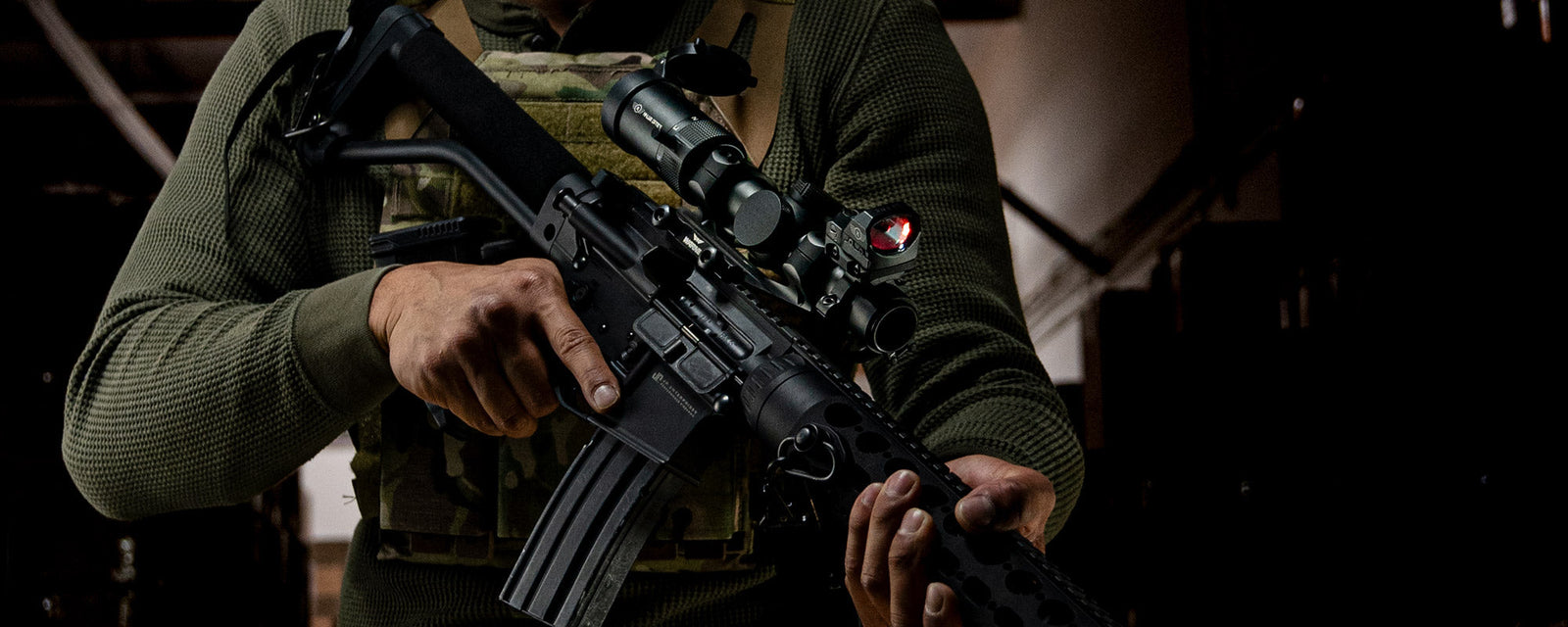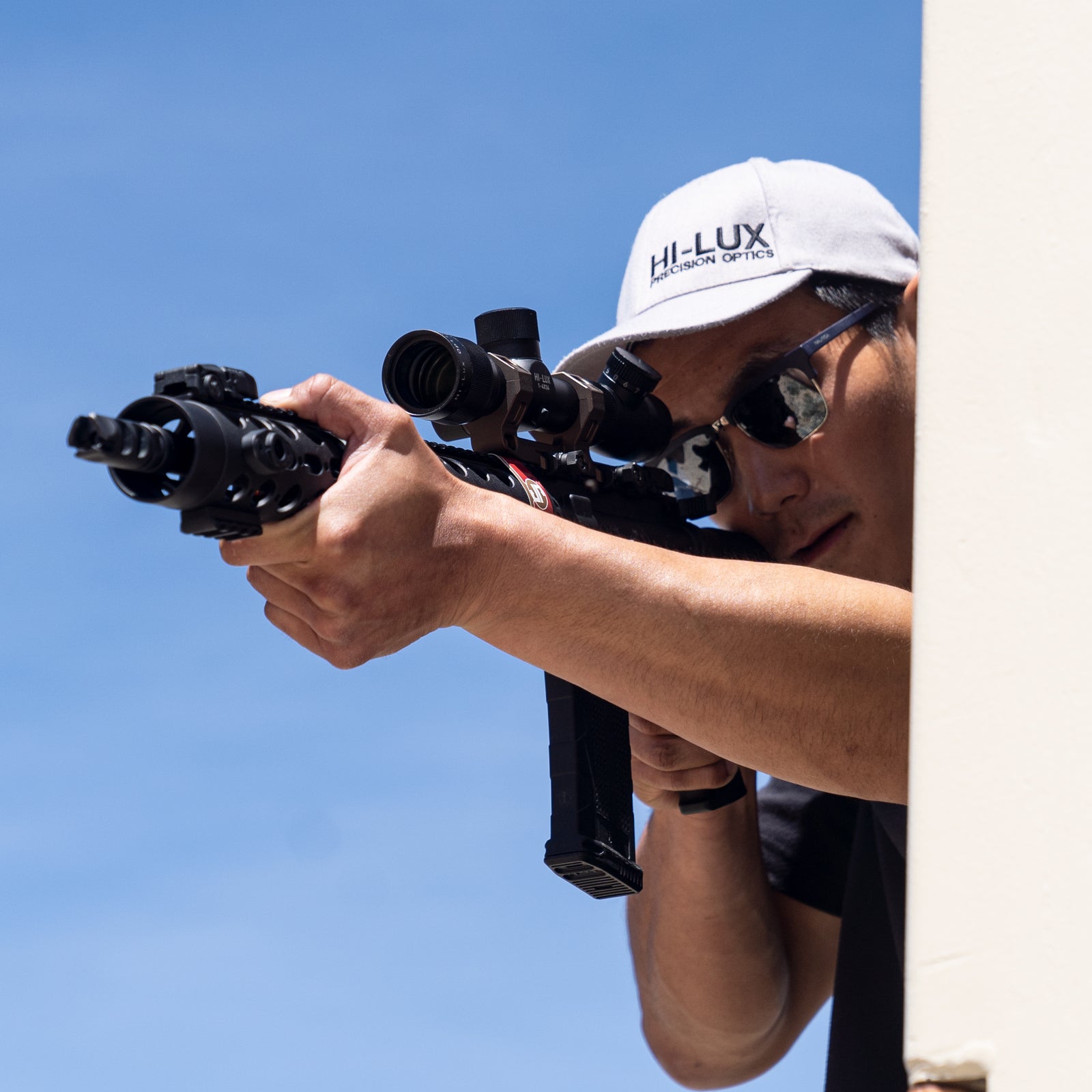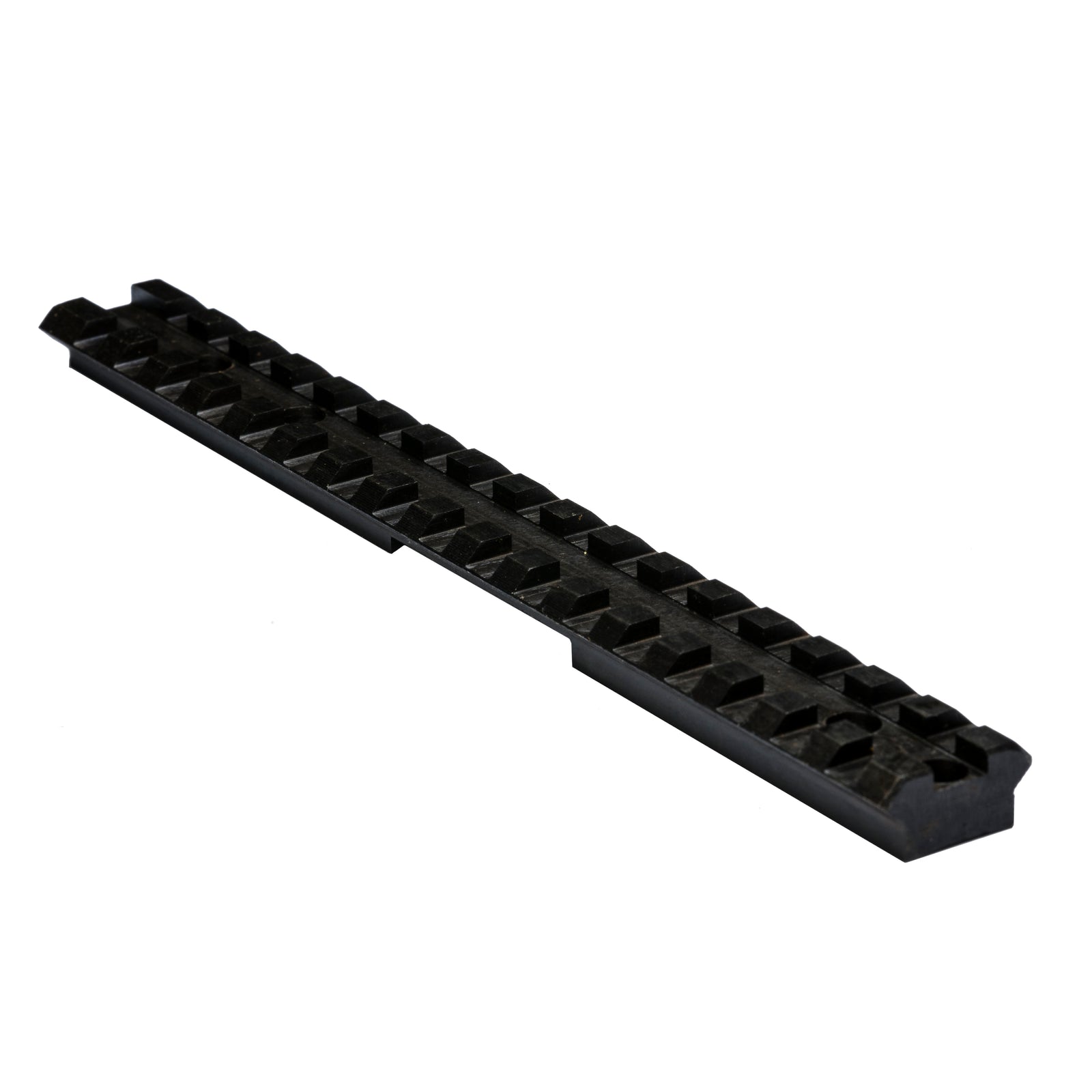A long, long time ago, someone patented the telescope. Within weeks, many other people filed patents, claiming that they had invented it instead. Not much later, those same astronomers and experimenters started figuring out how to get the telescope to focus properly, inside and out. And they succeeded.
After years of just looking at things (and occasionally drawing them), people started finding ways to measure those heavenly bodies using their telescopes. By then, they were well aware that measuring something requires a frame of reference, with a starting point to measure from.
When using the architectural and astronomical tools of the time, travelers and tradesmen figured out ways to make sure you were looking at things in the same way, for repeatable visual measurements. This was especially important for the sextant. These innovations included such advancements as a tube with some metal wires crossed inside, both to form a crosshair and control the user’s sight alignment.
Unfortunately, those same wires appeared incredibly magnified inside a telescope. For decades, researchers tried finding thinner and thinner wires, so they could line up the stars without crossing them out of view. They tried silk, hair (human or animal), thin brass plates, wires of precious metals (silver being most common, platinum to come later), and probably other stuff that they didn’t want written down.
In 1639, about 30 years after the first telescope patent, an Englishman named William Gascoigne saw inspiration. During the day, a spider had spun a web inside the tube of his telescope. He noticed at once the thinness of the web, and set about to make the first astronomical micrometer. He wrote to his friend William Oughtred,
“This is an admirable secret which, as all other things, appeared when it pleased the All Disposer, at whose direction a spider’s line drawn in an open case could first give me by its perfect apparition, when I was with two convexes trying experiments about the sun, the unexpected knowledge.”
While he may have been the first to see spiderwebs in his telescope and the first to dream about its utility, he may never have discovered how to purposefully install the fine threads of spider silk.
We also may never know. Gascoigne and his fellow astronomers all died before or during the English Civil Wars, with Gascoigne himself dying in 1644. Many of his papers were destroyed during the Great Fire of London twenty years later.
In 1662, detailed in the Ephemerides, Marquis Carlo Malvasia experimented with creating a grid reticle. His was meant to be combined with a pendulum, to time the movements of planets and stars across empty pockets of space. The silver wires of the time were far too thick for the system to work accurately, and he was in need of thinner lines. Experiments aplenty ensued.
A while later, in 1755, an Italian named Felice Fontana wrote a proposal for using a spider web inside a leveling instrument, as recorded in the “Catalogue of the Royal Cabinet of Physics and Natural History” (“Saggio del real gabinetto di fisica e di storia naturale”).
Unfortunately, this author is not fluent in Italian.
However, news of all the preceding inventions did not travel far and fast enough. Instead, even later than Gascoigne, Malvasia, and Fontana, another astronomer would claim credit for spider silk crosshairs.
David Rittenhouse, as you may remember from The Incident with Charles Peale, was a famous astronomer at the time. He was an active member of the American Philosophical Society in Philadelphia, and quite frequently gave reports to them on his various discoveries and lightbulb moments (...lightbulbs to be invented later).
From a report read to them in 1785, we hear:
“I have with no small difficulty placed the thread of a spider in some of my instruments, it has a beautiful effect, it is not one tenth the size of the thread of the silkworm, and is rounder and more evenly of a thickness. I have hitherto found no inconvenience from the use of it, and believe it will be lasting, it being now more than four months since I first put it in my transit telescope, and it continues full extended, and free from knots and particles of dust.”
Not one to break the chain of claiming the discovery, Andrew Elliot - another astronomer - would go on to write to Thomas Jefferson in 1802:
“I have with great difficulty, and patience, placed a reticule of spider’s web (the first ever executed), in the focus of this instrument!”
Spider silk crosshairs, even when properly sealed, were often less durable than other crosshair materials. However, they possessed the enviable quality of being much thinner. While other materials were being experimented with over time, spider silk stayed in use for 200 (or 300?) years due to largely to its even thinness.
At the end of the day, I’m not certain who would or should get credit for spider silk reticles. Suffice to say, reticles have existed almost as long as telescopes, though not in a form that most shooters found useful. The first usable spider silk reticles were invented in either 1639, 1662, 1755, (a little before) 1785, or in 1802, each with their own unique spin. Considering that Rittenhouse and Peale’s 1776 “Riffle with a Tellescope to it” was the first recorded scoped rifle shot… and that this is a rifle scope blog... it’s reasonable that Rittenhouse would get credit for the first ‘practical’ application of a spider silk reticle shortly thereafter.
Whatever the reticle is made of now, at least the scope is sealed from spiders! Gascoigne must have been pretty surprised at seeing a spider the size of the moon.
--
Scopes have come a long way over the years. Take a peek at our article on The History of Rifle Scopes (1776-1930) for the big picture. Also, take a closer look at the role William Malcolm played in the development of early commercial rifle scopes.





Bill Kast
May 08, 2024
Excellent history, just what I was looking for. I conduct tours at Denver’s Chamberlin Observatory. I never fail to mention that the reticle crosshairs of the transit circle were made from black widow silk, and that the technology survived to WWII when it was used in bombsights. Until now, the origin of this technology has been something of a mystery to me. Thanks again for your thoroughly researched post.